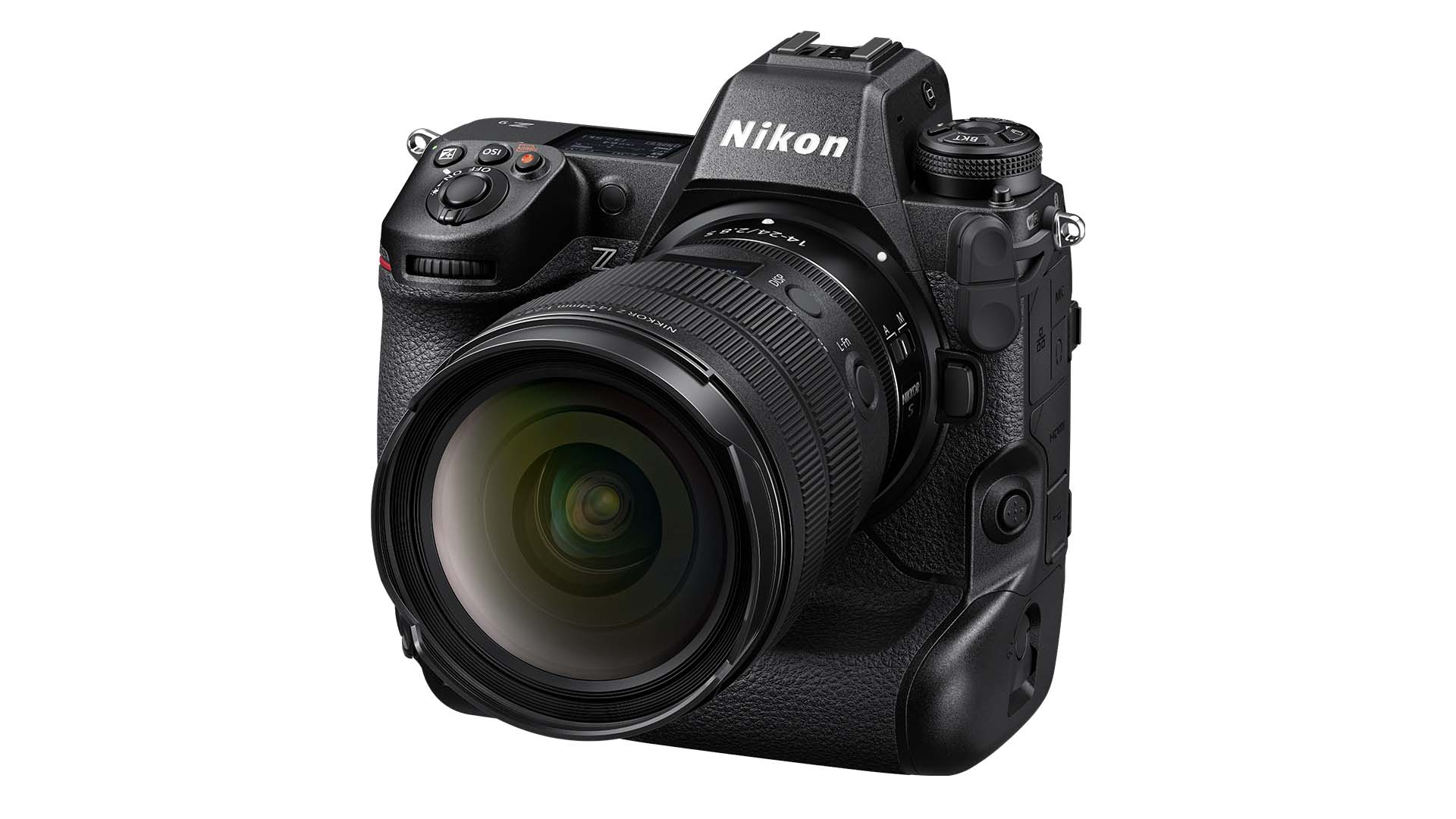
Nikon has issued a firmware update for its flagship Z9 camera, bringing some significant new capabilities to what was already a highly capable unit.
We're used to firmware updates bringing minor new features and performance updates, but a new firmware 4.0 release for the Nikon Z9 brings with it some hugely significant capability enhancements. With the release of the Z8, which features most of the capabilities of the Z9, question marks were raised as to what would truly differentiate the two cameras. Perhaps the answer is in this new firmware, since it remains to be seen if the Z8 will receive a similar update. So, what's new?
Intelligent auto capture
One of the most significant features of firmware 4.0 is the addition of intelligent auto capture. This is aimed at professional photographers who might need to set up a second camera in a position that they can't remain for an extended period, or where it might be too risky for them to be.
The new mode can be set up to capture an image when particular pre-conditions, specified by the photographer, are met. Detection criteria include motion, subject type and subject distance. Intelligent auto capture works for stills and video.
An example given by Nikon is a close-up shot of a skateboarder, with the camera mounted on a floor based tripod close to the action, while the photographer is free to use a second camera to take shots from other angles. Other examples include wildlife photography, to capture an animal when it walks into frame.
Users can specify the distance at which the trigger takes place, although this feature only works with Nikon lenses. Usefully, auto capture can also be used with the Z9's Pre-Release Capture function, so that crucial moments aren't missed. Speaking of which, the buffer for the Pre-Release Capture mode, which can be activated with a shutter half press, has been increased from 30 seconds to 300, so much more of an action event prior to the shutter button being fully pressed can be captured.
Additionally the camera's 3D tracking focus ability has been hugely improved, allowing much more accurate focussing on subjects that would ordinarily risk evading the device's auto-focus system. I can think of instances where this would be desirable, such as when capturing fast wildlife such as puffin's in flight, which can be notoriously difficult to capture accurately.
Improved UX
The Z9 doesn't have a mechanical shutter, but it does play a shutter sound effect when the button is pressed. Nikon has now introduced the ability to customise the sound effect that plays, from a selection of five. The volume level of the shutter can also now be adjusted.
A improved manual focus system has been introduced, with a new distance meter that can display the focus point in a unit of the photographer's choosing. A new "Frame Advance Zoom Position" function has been introduced for image playback, allowing users to scroll through photos with a fixed zoom area. Users can also select a "Prefer Focus Point" option, which will automatically show the area where the camera's focus system was focussed at the time of image capture.
Improved video
Video modes have received some minor updates, so this won't be a repeat of the significance of firmware 2.0. However, Nikon has included a new low ISO mode Low 2.0, which brings the ISO down to 200 when in N-log recording mode. Nikon says the new mode improves noise performance, as well as showing better dynamic range in the shadows.
Users can now playback footage that was taken at high speed, such as at 120fps, in slow motion, with the option for 1/4 or 1/5 of the recorded frame rate. Lastly, the High Speed Zoom function has been expanded from 3 control steps to 11, making much finer zoom control possible, as well as making the system more stable at slower speeds.
Users can download the new firmware now from Nikon's download portal.
Tags: Production Cameras


Comments